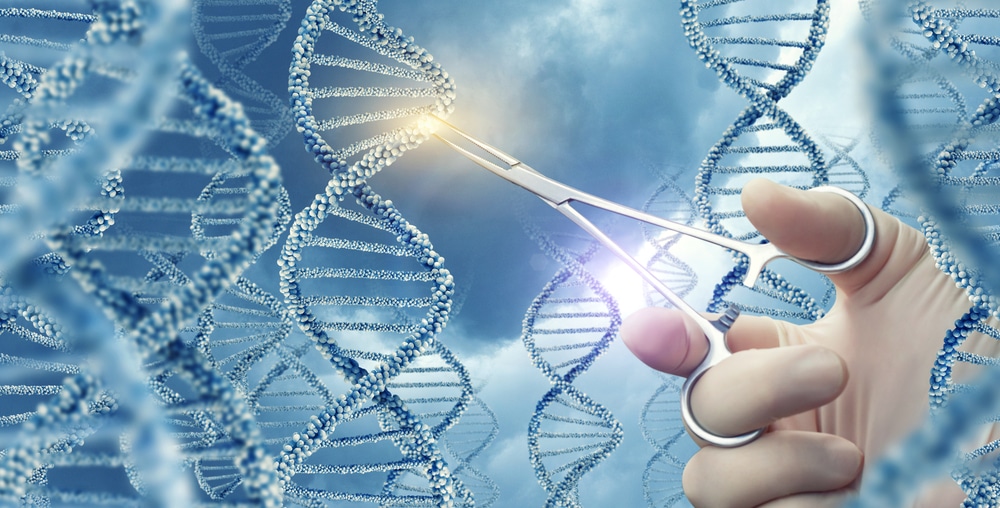Imagine, if you will, a future in which guided technologies of biomachines put into the body can seek out defective gene sequences within each cell to edit them to add the correct information with precision accuracy eliminating many conditions, illnesses, disorders, and diseases. To some this may seem like a page out of the Twilight Zone, but this technology is getting closer and closer to becoming real life applications.
Patents have been filed for the discovery methods to improve accuracy of existing gene editing technologies using a new synthetic guide molecule bridged nucleic acid, researchers hope the pharmaceutical industry will partner to incorporate it into a therapeutic.
Gene editing technology interest has been rising since the discovery of CRISPR/Cas9, which is a naturally present system within bacteria that use it for protection against bacteriophages, that allows bacteria to store information regarding previous infections to use to seek out and destroy the DNA of new invaders.
Researchers have realized this system can be programmed to cut specific DNA sequences in human cells allowing human gene editing. The main issue is that the system is not yet perfectly specific and sometimes will cut an incorrect yet similar gene. Using natural RNA guide molecules Cas9 is 99% accurate. Given that there are trillions of cells within the human body that 1% is significant, as the wrong cut would still be permanent, and could end in a serious condition such as cancer.
Bridged nucleic acid guided molecules developed has shown to be a more stable and stringent method in the quest to seek out the proper DNA in which to cut. It has shown to improve specificity by over 10,000 times in certain cases.
Gene editing technology still has some hurdles to overcome including devising an method to delivery it effectively into the human body. It may very well one day be used to treat a variety of ranging genetic diseases such as hemophilia, cancers, and muscular dystrophy.




